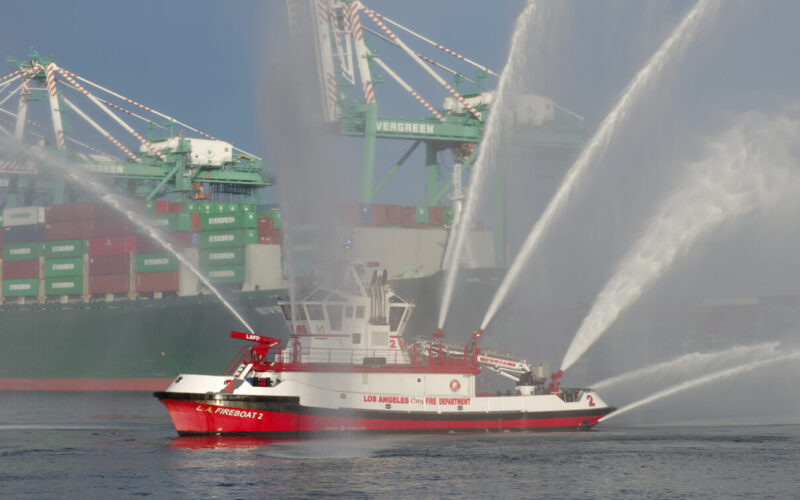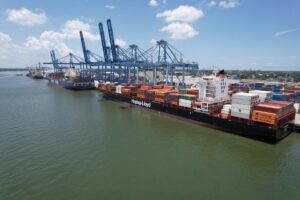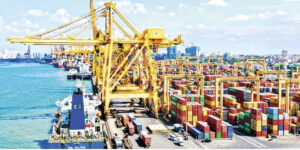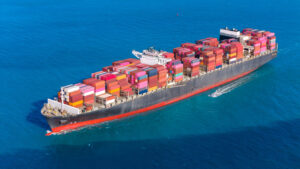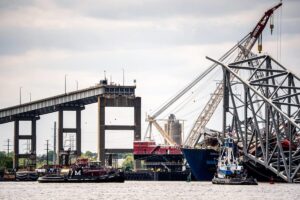Over the past decade, containership fires have seen a disturbing rise, with a notable number resulting in casualties and total losses, finds new World Shipping Council (WSC)’s report.
Despite industry and government efforts, dangerous cargo that has not been declared, or that has been incorrectly declared or labelled, continues to cause fires and explosions, hurting and killing vessel crew and transportation staff, reported WSC.
According to the 2023 Allianz Safety and Shipping Review, there have been 64 reported fires on containerships in the past five years.
TT Club estimates that a serious ship fire occurs every 60 days. One of the key factors contributing to these fires is hazardous cargo that has not been declared, mis-declared or that has not been properly packed by shippers.
Despite comprehensive and clear international and national regulations on the transport of dangerous goods, these goods continue to be mis-declared or not declared at all, which complicates detection, may result in ship fires, and make firefighting much more challenging, reported the WSC.
In 2022, fire-related incidents at sea surged by over 17 per cent compared to the previous year.
Recognising the urgent need for enhanced safety measures, the WSC is spearheading a comprehensive approach to safeguard lives, protect the marine environment, and secure cargoes and vessels.
Building on screening processes and policies already in use by member carriers, the WSC is developing a shared industry process for cargo screening and inspections.
“A common industry approach to cargo safety will create a safer working environment not only for ship crews, but for everyone involved in inland transport or working in ports and terminals, as well as for the communities around us,” said John Butler, President and CEO of the WSC.
“For shippers, it will make ocean transport more efficient and dependable, by stopping dangerous shipments that can disrupt the supply chain.”
This voluntary initiative, the Cargo Safety Program, will reportedly rely on a digital solution made up of a Common Screening Tool, Verified Shipper Database, and a Database of Approved Container Inspection Companies, provided and operated by an independent third-party vendor.
The core functionality of the system will be to screen booking information against a comprehensive keyword library and risk algorithm.
High-risk bookings will be flagged for further investigation and/or inspection, and lessons learned through experience will be used to continuously improve the screening tool.
According to the WSC, the emphasis is on identifying and correcting dangerous conditions before containers with dangerous cargoes are introduced into the supply chain.
READ: Chittagong depot catches fire again
The WSC started the process on 28 September of finding an independent third-party provider to develop the digital tools and manage the Cargo Safety Program process for cargo screening and inspections.
Earlier this year, the Port of Iskenderun suffered significant structural damage following the devastating earthquake in Turkey and Syria.
More recently, a fire erupted aboard a Panama-flagged MSC containership in the territorial waters of the United Arab Emirates (UAE), leaving one injured.

